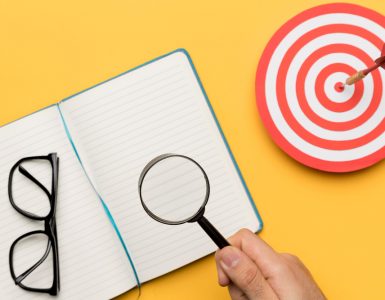Federal retail pharmacy program
As the U.S. continues to ramp up the pace of COVID-19 vaccinations, local pharmacies have proven a hugely valuable partner in the process. That’s likely why reports that the Biden administration is expanding the federal retail pharmacy program, which sends vaccine doses to local pharmacies across the country, were met with such unbridled enthusiasm.
When it launched in February, the program sent a million doses to some 6,500 retail pharmacies. By the end of March, the number of pharmacies linked to the program had grown to 17,000; in the weeks ahead, that number will hit 40,000.
It’s a large driver of the accelerated vaccination push: President Biden recently announced that, by April 19, 90% of the U.S. adult population will have access to a vaccination site within five miles of their home.
The expansion of the retail pharmacy program highlights an overall trend that, in retrospect, shouldn’t have surprised anyone: Americans prefer local pharmacies to federally funded mass sites that were initially touted as the country’s way out of the COVID wilderness. It’s impossible to assign direct credit for the quickened pace of the vaccination effort, but local pharmacies have clearly been a big part of the solution.
The National Association of Chain Drug Stores (NACDS) lauded Biden’s decision to expand the program, noting that “pharmacies conservatively can meet the demand for 100 million vaccinations in 30 days if supplies are available.” Indeed, federal data shows that pharmacies are outpacing mass vaccination sites in the vaccination race.
To that point, during a stretch of March the mass sites – run by the Federal Emergency Management Agency and staged in stadiums and arenas – administered around 67,000 vaccine doses per day. The federal retail pharmacy program, on the other hand, delivered as many as one million doses per day during that same period.
The pharmacy program has proven effective in getting shots into arms quickly and easily. Still, questions remain about whether it has met needs in communities that are particularly vulnerable, such as rural or low-income populations.
During the program’s launch press conference in February, NACDS SVP of pharmacy care and patient advocacy Kathleen Jaeger stressed there would be “performance metrics” on outreach to Black, Latino and other minority communities, though the organization didn’t share how those metrics would be tracked. While the Biden administration has noted that 45% of participating pharmacies are located in the “highest-need neighborhoods” – and that vaccine hesitancy among members of vulnerable communities has dipped – inoculation disparities remain.
According to recent analysis by the Kaiser Family Foundation, which is tracking state-reported data on vaccine distribution across race and ethnicity, Black and Latino people are consistently receiving a lower percentage of vaccinations, even as case loads and deaths remain elevated among those populations. In California, Latinos account for 55% of COVID-19 cases but only 22% of the Latino population has been vaccinated.
Meanwhile, across many states, white people have received more doses – and at a pace that exceeds their percentage of the total population. For example, in Indiana, 89% of vaccinations have gone to white people, even though they comprise 83% of the state population. By contrast, only 6% of vaccinations have gone to the state’s Black people, who comprise 9% of the population.
In 40 of the 42 states the Kaiser analysis tracked, the vaccination rate among white people was nearly double the rate among Latino people; it was about 1.7 times higher than the rate among Black people. In short, despite the speedy rollout among pharmacies and efforts to address vaccine inequity, people of color remain tragically underserved.
That’s why some of the pharmacy chains in the federal program have chosen to address these disparities on their own. CVS Health, for one, noted that expansion of the program should bolster access in hard-hit areas.
“With more than 85% of Americans within 10 miles of a CVS location, we are a convenient and trusted option for many people who are receiving vaccinations,” said Ethan Slavin, a spokesperson for CVS Health.
Slavin added that, amid the program expansion, CVS Health has prioritized pharmacies located in vulnerable communities. “As we expand to additional locations, we will also increase access to vaccines by using mobile vaccination vans and offering community-based vaccination clinics working with nonprofit organizations,” he continued. “We believe we can play an important role educating the communities we serve about the vaccines and helping increase equitable access across the country.”
Meanwhile, in addition to the expansion of the pharmacy program, the federal government plans to add four new mass vaccination sites, including ones in St. Louis and Gary, Indiana, to the overall mix. Even though they haven’t matched the vaccination pace of retail pharmacies, the sites have been located in areas where greater access is sorely needed; the Biden administration has reached out to local faith groups to enlist their help in raising awareness and expanded hours to include nights and weekends. But for now, local pharmacies are setting the pace.
The post Federal retail pharmacy vax program continues to expand appeared first on MM+M – Medical Marketing and Media.










